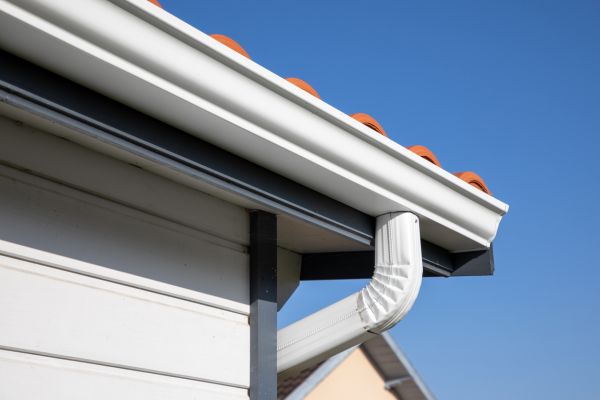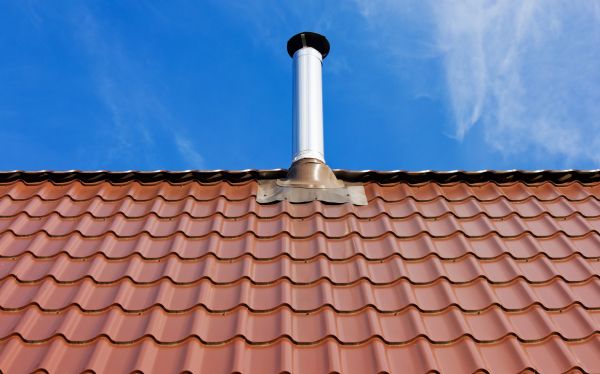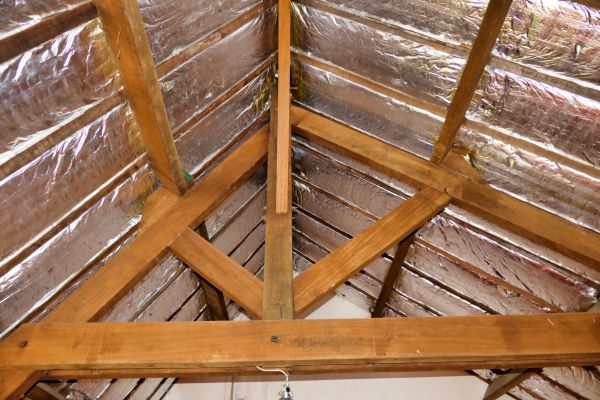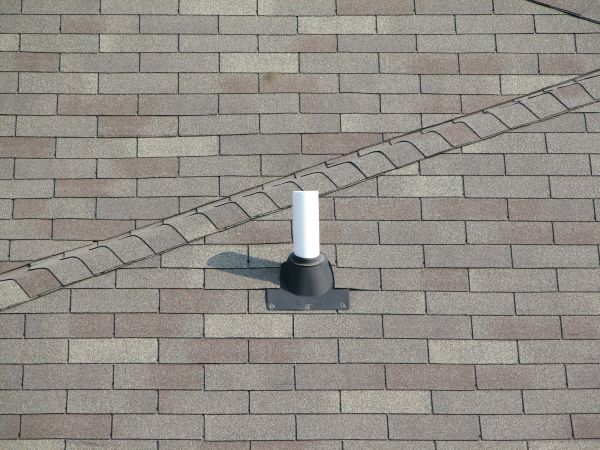Roof Flashing Installation Service
Affordable Roof Flashing Installation
Roof flashing installation is a crucial component of any roofing system, designed to prevent water from penetrating the roof and causing damage to the structure below. Flashing is typically made from materials like aluminum, copper, or galvanized steel, and is strategically placed around roof features such as chimneys, vents, and skylights, as well as along roof edges and valleys. Proper installation of roof flashing ensures that water is directed away from vulnerable areas, thereby extending the lifespan of the roof and maintaining the integrity of the entire building. Without effective flashing, roofs are susceptible to leaks, which can lead to costly repairs and structural damage over time.
Benefits of Roof Flashing Installation
-
Leak Prevention
Roof flashing acts as a barrier against water infiltration. By directing water away from seams and joints, it significantly reduces the risk of leaks that can lead to interior damage and mold growth. -
Extended Roof Lifespan
By protecting vulnerable areas from water damage, roof flashing contributes to a longer-lasting roof. This can delay the need for costly roof replacements and extensive repairs. -
Enhanced Structural Integrity
Properly installed flashing helps maintain the structural integrity of the building. It prevents water from seeping into walls and foundations, thereby avoiding potential weakening of the building's framework. -
Energy Efficiency
Effective roof flashing can improve a building’s energy efficiency by preventing drafts and maintaining better temperature control within the structure. This can lead to reduced energy costs over time.
FAQs About Roof Flashing Installation
What materials are commonly used for roof flashing?
Roof flashing is often made from durable materials such as aluminum, copper, and galvanized steel, chosen for their ability to withstand harsh weather conditions and resist corrosion.
How often should roof flashing be inspected?
It is recommended to inspect roof flashing at least once a year and after major storms to ensure it is intact and functioning properly.
Can roof flashing be installed on an existing roof?
Yes, roof flashing can be installed or replaced on an existing roof. It is often part of roof maintenance and repair processes to ensure continued protection against water damage.
What are signs that roof flashing needs replacement?
Signs that roof flashing may need replacement include visible rust, cracks, or separation from the roof surface. Water stains on interior ceilings or walls can also indicate flashing issues.
Fill out the contact form today to request professional Roof Flashing Installation and enjoy the peace of mind that comes with knowing your roof is protected against leaks and water damage. Remember the benefits of leak prevention, extended roof lifespan, enhanced structural integrity, and improved energy efficiency.




